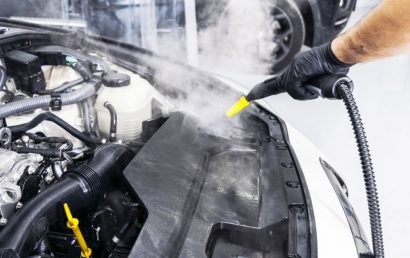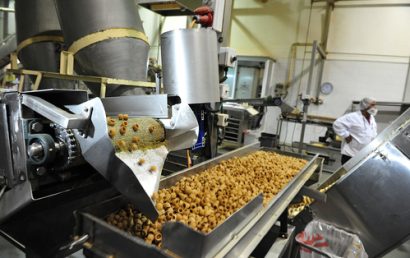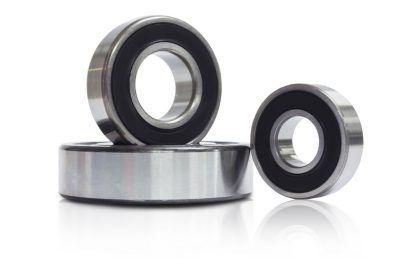Application Spotlight: Wear And Abrasion Resistance
Do these scenarios sound familiar to you? Mechanical action that resulted in loss of material from a surface; solid surfaces wearing out due to hard protuberances and/or particles moving along and against it; worn out surfaces due to localized bonding; worn out surfaces that were caused by fractures from material fatigue; and wear arising from fretting (when two solid surfaces come into contact with each other and small amplitude oscillatory motions are present.
Abrasions, on the other hand, can be caused by frictional force between surfaces, the speed that the surfaces are moving against each other, the frequency and duration of contact, and the roughness of the surface (an abrasive media may be present). So how does one reduce wear and abrasion for their parts? The answer is simply to opt for thermal spray coatings that have adequate levels of wear and abrasion resistance.
The Benefits of Coatings that are Wear and Abrasion Resistant
When you opt for wear and abrasion resistant coatings, your industrial equipment and parts can not only last longer but perform more efficiently as well. In addition, you will be lowering overall parts equipment replacement costs and reduce the need for maintenance work. Wear and abrasion resistance can be achieved through thermal spraying, which also allows you to benefit from increased ductility and enhanced hardness. This simply means that you will avoid undesirable situations such as increased surface fatigue and micro-cracking.
Wear and Abrasion Resistant Coatings are Recognized as Industry-Standard Coatings
These coatings can be applied to furnace rolls and it not only improves the quality of the steel strip but minimizes pickup to the roll surface too. In addition, the coatings are aviation-approved and protect flap tracks and other airframe hardware from abrasions. In the oil and gas industry, the coatings allow your parts to become highly resistant to abrasive slurries as well. When applied to piston rods, mud pumps, and rotors, you can expect improved efficiency from their operations.
Common Coating Materials Used
- White Alumina (Aluminum Oxide Ceramic): These coating materials can produce very dense coatings which can resist erosion and electricity in high temperatures.
- Chrome Oxide Ceramic: Widely recognized for its self-mating and anti-galling properties, these coatings are highly recommended if your parts need to resist cavitations, particle erosion, and more. What’s more, these coatings are insoluble in acids, alkalis and alcohol. If you know how to seal them properly, you can use them in corrosive chemical environments (in temperatures up to 200C).
- Tungsten Carbide: Considered as one of the best wear resistant materials. Also, it can be applied via the HVOF or plasma spray processes. The coatings it produces are extremely hard which can exceed 70RC. If you looking for a replacement to hard chrome plating, tungsten carbide is the perfect candidate as it provides mirror finish after grounding and polishing.
Common Parts that Need Improved Wear and Abrasion Resistance
- Agitators
- Valves
- Roll surfaces
- Mixers
- Pumps
- Plates
- Winders
A&A Coatings Can Work with You to Optimize Coatings for Your Specific Needs
At A&A Coatings, we offer over 100 wear and abrasion resistant coatings. From cermet, chromium carbide to tungsten carbide, you can rest assured that our coatings have been fully tested for abrasion resistance; we use sand abrasion in the tests. In addition, we will work closely with you to pick a coating that has the right balance between hard phase and metal matrix.



